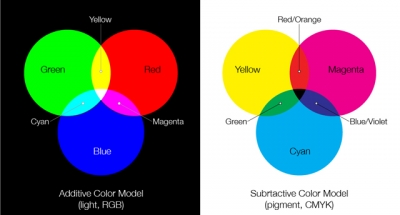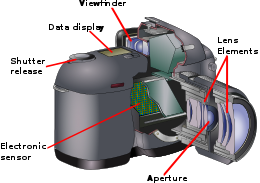
With a modern camera, you need do no more than press a button to take a photograph – to snap the action of a sporting event or record the beauty of a prizewinning rose, for example –and make a permanent record of a fleeting moment.
Technology has taken the guesswork out of the picture taking, there are now computerized automatic cameras that focus themselves, set their own controls, and wind-on the film after each shot. In contrast there are also simple throwaway cameras that are disposed of once the film has been processed.
All cameras, no matter how sophisticated or how simple, work in much the same way. When you click your camera to take a picture, you are opening the shutter for a brief moment to let light through the lens to a dark interior. In this moment, the light rays from an inverted image of the scene in front of you on the light-sensitive film at the back of the camera.
Processing the film completes the chemical changes begun by the light striking the film, and printing the film provides a pictures of the scene you snapped.
Picture Credit : Google





